Queer people have been around for a long time, but it can still feel like we’re missing from the history books or that our history is nothing but a flood of tragedy. Nevertheless, there is actually plenty of sexy sapphic history to uncover despite all of the barriers a male-centric view of history have hidden from us. Here are just some of the ways in which queer women have pined, flirted, gotten down, and loved throughout history.
Circa 3000 BCE: Egyptian paintings depict dildos being used as sexual objects. This is unlikely to be the earliest use of dildos, as there are prehistoric dildos that date even further back (as in 13,000-19,000 years ago), but there is still some debate as to whether the purpose of those items was truly sexual.
Circa 630 BCE: Sappho is born on the Greek isle of Lesbos (the exact year of her birth is unknown). Her love poems are beautiful, and they’re the reason we have the terms “sapphic” and “lesbian.” Her lines “Sweet mother, I cannot weave – slender Aphrodite has overcome me with longing for a girl” proves “can’t focus, too busy pining after cute girl” is a timeless mood.
Circa 400 BCE: The Kama Sutra is written. It includes nonjudgmental depictions and discussion of women having sex with one another.
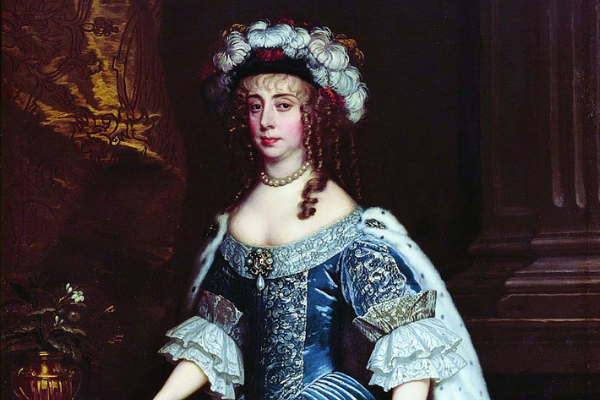
1668: Margaret Cavendish publishes The Convent of Pleasure. The play portrays a female separatist community, including implied romantic relationships between the female characters. In addition to giving us something to dream about, this play showcases the trend during the time of playing with romantic relationships between women onstage.
1799: Chinese poet Wu Tsao is born. She goes on to become one of China’s greatest female poets, writing many beautiful, erotic poems about other women.
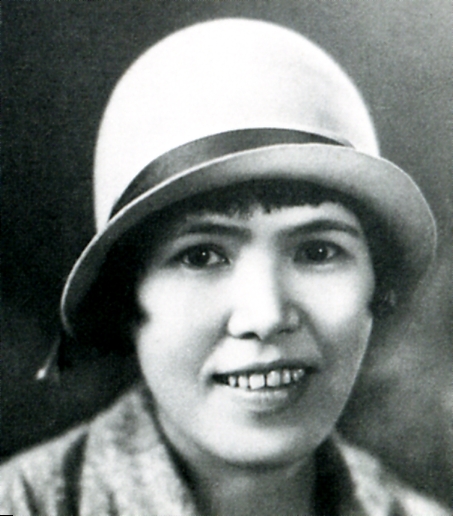
1864: The dental dam is invented to offer an added layer of protection during dental procedures. There is not an exact date for when it became a feature of queer sex ed.
1878: The first known vibrator is put into use. Although originally used as a medical device, it goes on to become a staple of queer toy chests everywhere.
1919: Japanese author Nobuko Yoshiya publishes the semi-autobiographical Two Virgins in an Attic. The book is a positive portrayal of a lesbian relationship, and considered by many to be Yoshiya’s way of coming out. Not only is she openly and unashamedly queer and feminist, her work paves the way for lesbian writing in Japan, and becomes a major influence on the popular modern genre of Shojo Manga.
1923: The first volume of openly lesbian love poetry published in English, On A Grey Thread by Elsa Gidlow, comes into the world. It contains wonderfully unashamed lines such as, “Her flesh, bitter and salt to my tongue, I taste with endless kisses and taste again. At dawn I leave her, Asleep in my wakening garden (For what was done there I ask no man pardon.)”
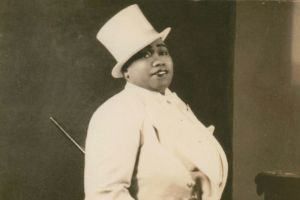
1928: Gladys Bentley, a fat, Black, masculine-presenting queer woman, dominates the music scene. She and many other queer singers produce songs that openly (and, often, lovingly lewdly) discuss queer sex and love. Bentley’s act and popularity epitomize the “Pansy Craze” of the 1920s and early ’30s. During this era, queer performers garner success and positive attention, and queer balls are widely attended.
1931: Mädchen in Uniform, the first lesbian love film, debuts in Germany. It becomes the template for lesbian love stories on film, inspiring works such as The Children’s Hour, But I’m a Cheerleader, and The Miseducation of Cameron Post.
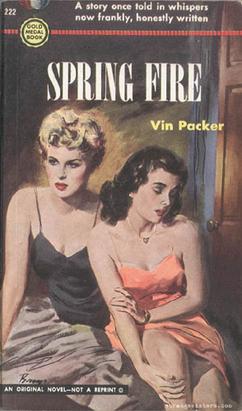
1952: Spring Fire, the first example of lesbian pulp novels, is released. While these novels are generally sensational and tragic (and sport some truly over-the-top cover art), several dozen by women, for women, ride the pulpy wave to publication. These steamy novels help queer women struggling under the heteronormative expectations of the time understand their identities and feel less alone.
1952: Louise Lawrence helps create and run the first incarnation of Transvestia. In its early days, it was more a correspondence list than a magazine. The list helps Lawrence and her fellow trans women across the country connect with one another. Lawrence’s book was in part the result of her connecting sexology researchers of the time with other trans women so that their experiences could be reflected in the growing body of data about human sexuality.
1955: Del Martin and Phyllis Lyon create the Daughters of Bilitis, a social organization for queer women. The aim is to have an alternative meeting place to bars, in part because doing so decreases the risk of being targeted by police violence. These meetings also give us the tradition of the lesbian potluck, and offer a place where queer women can socialize, plan, and flirt in safety.
1977: Joanie Blank opens the first Good Vibrations. This is considered by many to be the first “feminist” sex toy store, and it paves the way for other sex-positive, queer inclusive sex toy stores.
1983: The Hunger hits theaters. It is the first film to contain a queer love scene between two A-list actresses (although it is far from the first to portray queer women as vampires).
1988: Tracy Chapman releases “Fast Car,” providing us with the perfect soundtrack for when we need a post-breakup (or pre–make-up sex) cry in the car.

1995: Xena: Warrior Princess first airs, providing queer women growing up in the ’90s with their first crush.
1996: Fire, the first mainstream Bollywood film to feature an explicitly lesbian relationship, is released. Not only does the film offer a positive portrayal and give its heroines a happy ending, the controversy around its release leads to the formation of the Campaign for Lesbian Rights (CALERI) in India.
1999: The Whole Lesbian Sex Book is published. It is the first-ever sex guide aimed at queer women, be they “lesbian, bisexual, butch, femme, androgynous, and transgender.”
2000: Queer as Folk airs for the first time, becoming the first hour-long drama on American TV to portray queer relationships, and leads to the eventual creation of The L Word. It also contains the first lesbian sex scene on cable TV.
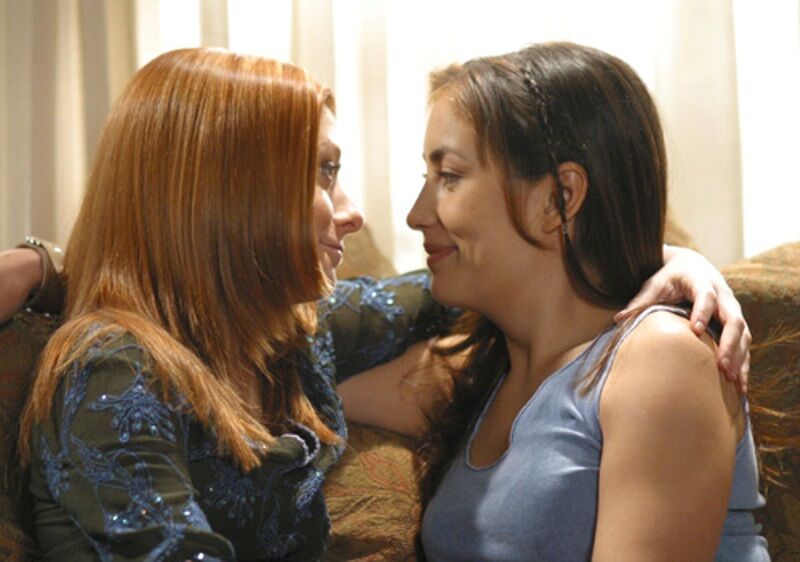
2003: The first lesbian sex scene on network TV comes to us courtesy of Buffy.
2015: D.C. announces that Poison Ivy and Harley Quinn are girlfriends, confirming what anyone who watched the animated Batman series growing up knew to be true.
2018: Rafiki, a queer romance and coming of age tale, becomes the second highest grossing film in Kenyan history in spite of only being screened for a week.

